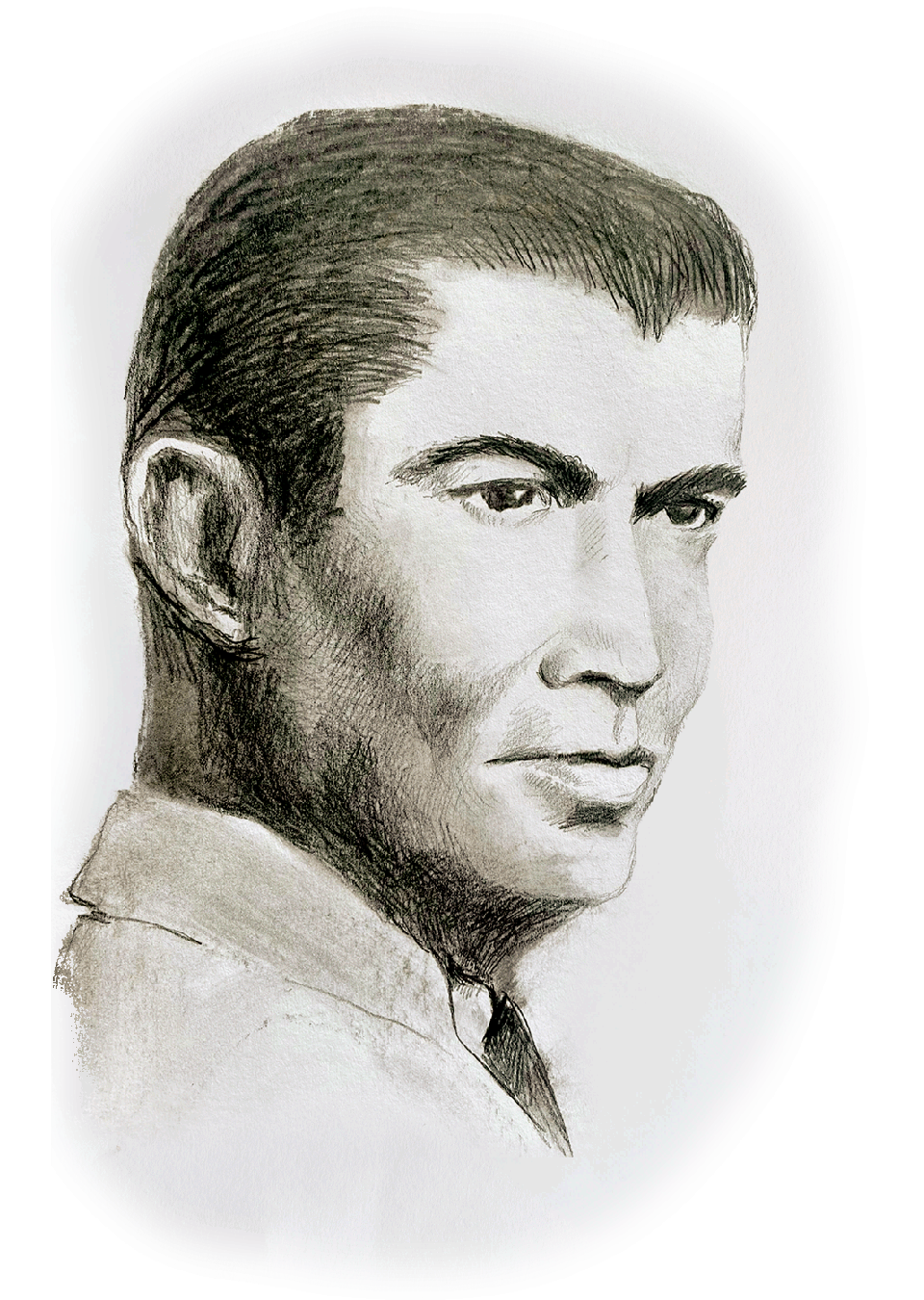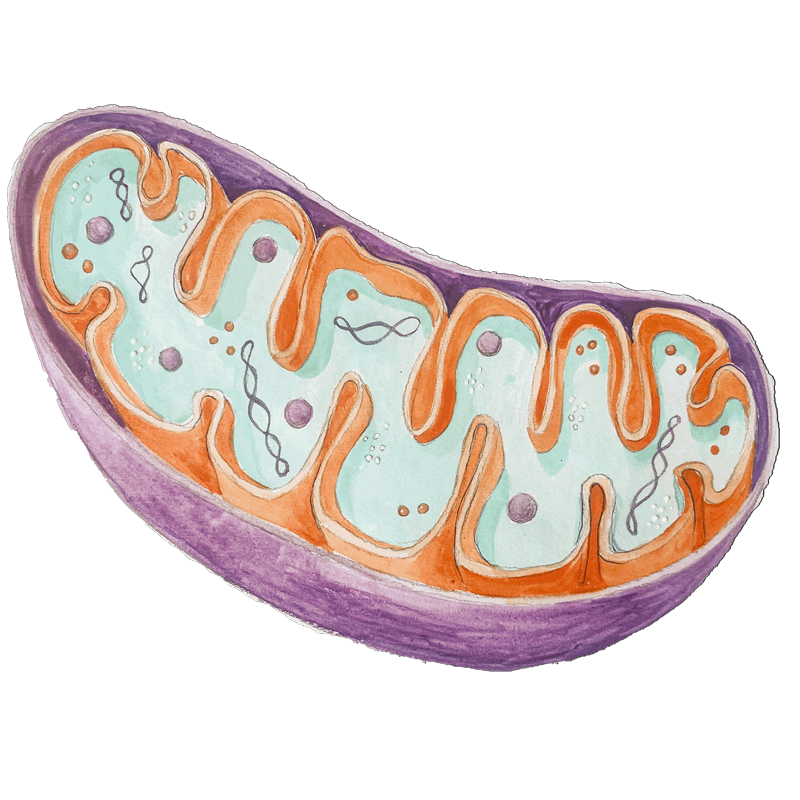October

October
George Emil
Palade
Life
George Emil Palade was born on November 19th, 1912, in Iași. He completed primary and secondary schools in his hometown and in 1930, against his father’s advice, he enrolled at the Carol Davila University of Medicine in Bucharest, where he joined the anatomy laboratory as a student. After six years of clinical practice, he received his doctorate in 1940.
After leaving university, he practiced internal medicine for a short time before returning to anatomy. During the Second World War, he served as a military doctor in the Romanian army, and then in 1946 he travelled to the United States of America to improve his knowledge. In New York he met Albert Claude, who invited him to the Rockefeller Institute for Medical Research.
He left Rockefeller University in 1973 to work at Yale and was a professor at the University of California from 1990 until his retirement.
Palade died on the 8th of October 2008 in Del Mar, California, at the age of 95.
Work

Together with Albert Claude, George Emil Palade was mainly involved in the electron microscopic study of tissues and cells. One of his most outstanding contributions was his research on the cell surface, membranes and the cell skeleton. Palade revealed the structure of the mitochondrion, showing that microsomes, previously thought to be mitochondrial fragments, belong to the cell’s internal transport system. He discovered ribosomes. He studied the structure of synapses between nerve cells, and developed new laboratory techniques for tissue sample preparation and fractional centrifugation of cells.
In a paper published in 1950, he wrote in detail about the role of ribosomes and the endoplasmic reticulum in the synthesis of cellular proteins. He also used autoradiographic techniques to follow the path of the proteins produced within tissues, and looked at the permeability of capillary walls. In 1964, together with Ewald Weibel from Switzerland, he described the Weibel-Palade bodies that perform storage functions in the cells of the inner walls of blood vessels.
Throughout his career, George Emil Palade has received numerous awards and honours, including the Nobel Prize in Physiology and Medicine in 1974. His work revolutionized cell research and contributed to a deeper understanding of modern biology.
